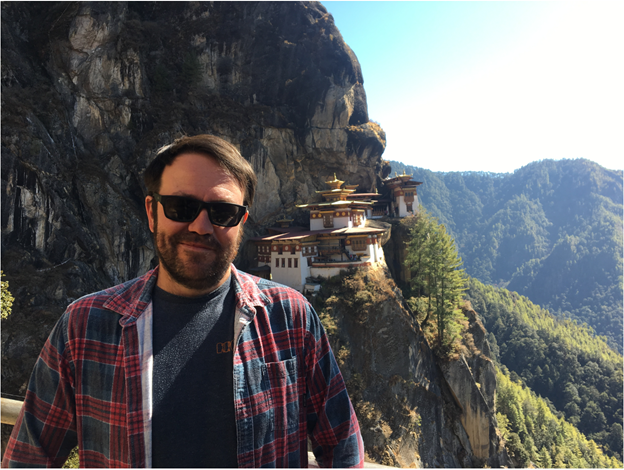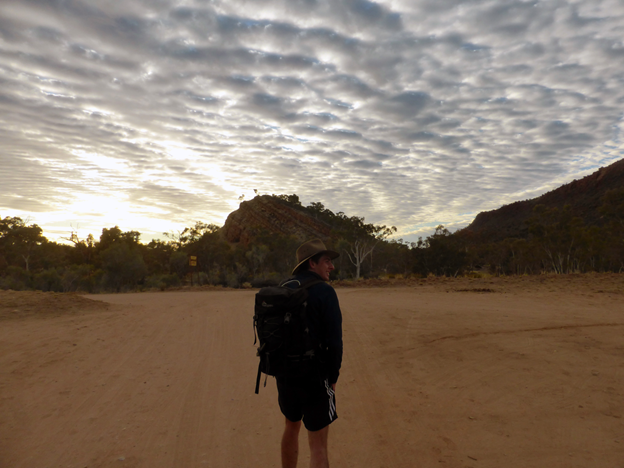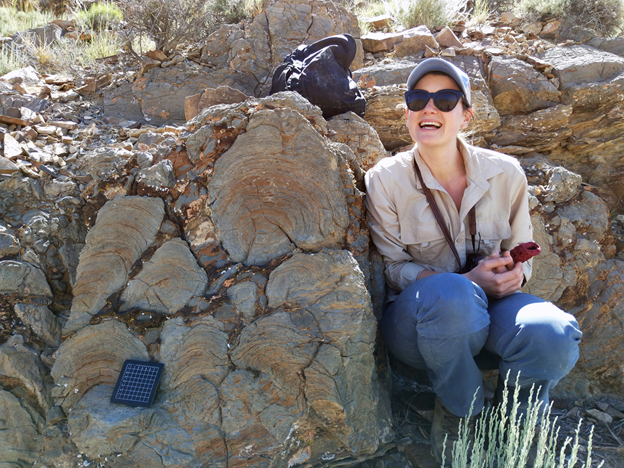People & Research
Researcher Bios
Dr Luke Milan

Dr Tim Chapman

I am most fascinated with the making of mountains. Mountain chains represent the junction of dynamic geological processes spanning Earth’s history. Understanding the birth and death of mountain belts requires exploration of detail recorded in the smallest building blocks, minerals and rocks. My research is focussed on the geological processes critical to the formation and modification of minerals and rocks at the micro- and tectonic-scale. My work builds on field areas in New Zealand, New Caledonia, Australia, and Japan to collect samples returned from the roots of mountain chains or the depths of Earth. I utilise this natural geological information to explore the textural and micro-chemical evolution of metamorphic and igneous rocks and how this relates to mineral formation and tectonics.
I am a current postdoctoral fellow in Earth Science at UNE. My PhD (2017) at the University of Sydney used unique high-pressure rocks from Fiordland in New Zealand to establish how the lower crust of a mountain belt changed during thickening and collapse. I am a passionate field geologist and petrologist, a keen teacher, supervisor and mentor at UNE. Please get in touch regarding potential research projects, collaboration or studying with us at UNE.
Dr Marissa Betts

For me, rocks and fossils are time machines. They can transport us back in time and show us what the Earth was like in the deep past, and how life on Earth has evolved over millions of years. My work in Australia, Antarctica, China and Mongolia unearths new fossil species, helps to track how continents have moved around and develops the geological timescale so we know just how old really old things are. I did my BSc in Geology and Palaeontology at Macquarie University, Sydney, and an Honours investigating some of the world’s oldest animal-built reefs. My PhD (2016) used fossils, rocks and geochemistry to refine the early Cambrian timescale and gave a clearer idea of important evolutionary events happening during the Cambrian Explosion of life, over 500 million years ago.
I came to UNE in 2017 on a Postdoctoral Fellowship and am now a Lecturer in Earth Science. In 2021 I was awarded the A.H. Voisey Medal by the Geological Society of Australia for my contributions to Australian Earth science, and for my support of women in STEM. I love being a “STEM Coach” for Curious Minds Australia, a nationally-run program to encourage girls to follow their STEM dreams. I am also very proud to have been selected as a 2021-2022 Superstar of STEM, a program designed to increase the visibility of women in STEM roles and smash society’s assumptions about who can work in STEM. I am an enthusiastic collaborator, teacher, supervisor and mentor and am keen to keep building our Earth Science community here at UNE. Get in touch about projects, research, collaboration or studying with us at UNE.
Follow my geo- and palaeoadventures on my Instagram and Twitter @200micron.
Student Bios
Damien Wilkinson
My passion is Orebodies. Those small, highly anomalous parts of the earth's crust which have sucked-up and deposited large volumes of metals compared with "normal rocks". Although making up only a fraction of one percent of the earth's crust they have been the building blocks of human civilisation and technological development since the bronze age. I have worked in industry for the past twenty-five years exploring for and defining a broad range of orebodies from an equally broad range of geological environments on four continents. These ranged from shonkinte-hosted nickel-gold and lamprophyre-hosted diamonds in Australia to dacitic intrusive-hosted epithermal gold in the Zagros of western Iran and copper-silver porphyry mineralisation in the Andes of South America.
I am currently undertaking PhD research at UNE trying to better understand enigmatic, tin-tungsten-molybdenum-rare earths mineralised, highly felsic and geochemically fractionated leucogranites of the southern New England Orogen. This research aims to understand magma source(s) and fractional evolution right through to ultimate pluton formation and final mineralising phases of these unusual and rare granites. Such whole rock and isotopic geochemical studies hope to also create a 'fertility index' of such mineralised fractionated granites to assist both future researchers and industry to rapidly and cost-effectively explore for and identify such granitoids in both the New England and other tin-tungsten provinces elsewhere in the world. Also of direct relevance to industry will be to determine the economic potential of these New England tin-tungsten-molybdenum leucogranites for rare earth elements and 'critical metals', so vital in modern, high technology applications.

